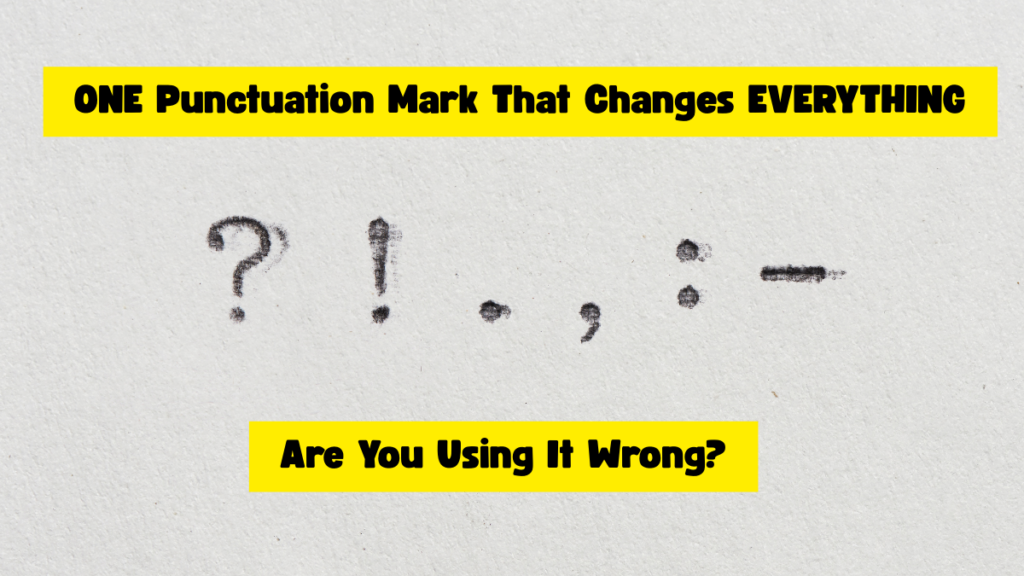Punctuation marks are tiny. But their power? Huge.
Most people focus on commas, periods, and exclamation points. But there’s one mark that outshines them all—the semicolon.
Most writers ignore it. Some misuse it. Others avoid it out of fear.
But here’s the truth: Used correctly, the semicolon can elevate your writing like nothing else.

Table of Contents
ToggleWhy the Semicolon is a Game-Changer
Commas pause. Periods end. Semicolons? They bridge.
They connect two complete thoughts that belong together—without a conjunction. The result? Smoother, sharper writing.
Example:
❌ She finished her coffee. She left the café. (Feels choppy.)
✅ She finished her coffee; she left the café. (Flows better.)
The difference? Rhythm and clarity.
The #1 Mistake Everyone Makes
People think semicolons are fancy commas. They’re not.
WRONG: I love pizza; my favorite topping is pepperoni. (Too weak—just use a comma.)
RIGHT: The storm raged outside; inside, the fire crackled warmly. (Strong, related ideas.)
Rule: Only use a semicolon if both sides could stand alone as full sentences.
When to Use a Semicolon (And When to Avoid It)
Use It When…
- Two sentences are closely linked in meaning.
- A period feels too harsh, but a comma isn’t enough.
- You’re listing complex items with internal commas.
Example (Lists):
Our tour stops include Paris, France; Rome, Italy; and Barcelona, Spain.
Avoid It When…
- The sentences aren’t related.
- You’re not sure (a period is safer).
- You’re just trying to sound fancy.
The Secret Weapon: Semicolons for Style
Great writers use semicolons to control pace and tone.
- Short, punchy sentences? Use periods.
- Long, flowing thoughts? Use commas and conjunctions.
- Balanced, elegant rhythm? That’s where semicolons shine.
Example (Literary Effect):
“The night was cold; the wind howled through the trees; she pulled her coat tighter.”
See how it builds tension? That’s the semicolon’s magic.
Try This Today
- Scan your latest draft.
- Find two related sentences separated by a period.
- Replace the period with a semicolon.
- Feel the difference.
Warning: Don’t overdo it. Too many semicolons feel pretentious.
Should You Use It?
Yes—if it improves flow.
No—if you’re forcing it.
Master the semicolon. Your writing will thank you.
Now go; rewrite with confidence.


